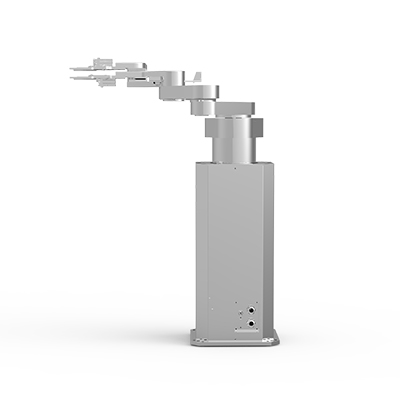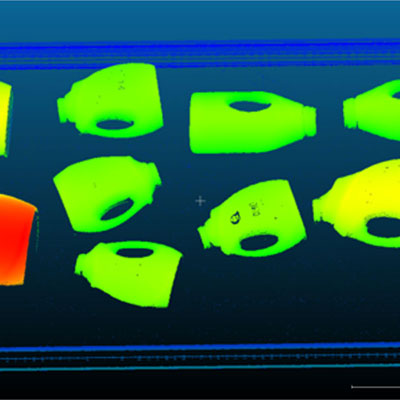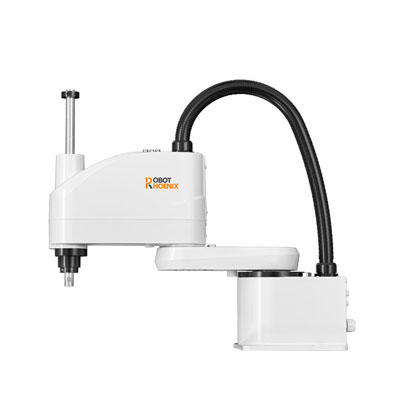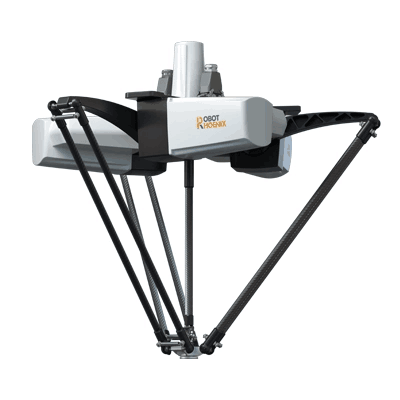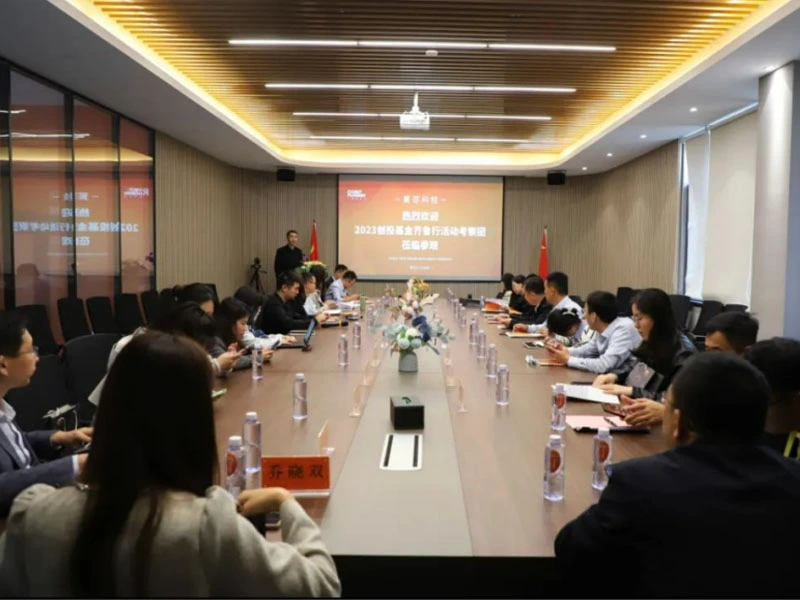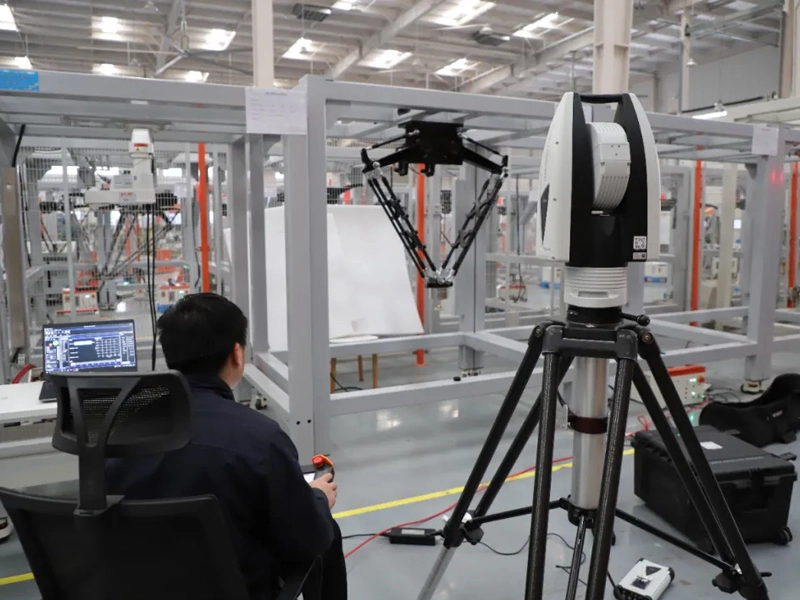Robotic automation technology has become increasingly prevalent in manufacturing and industrial applications over the past few decades. This technology has revolutionized the way businesses operate, allowing them to increase productivity, reduce costs, and improve overall quality. In this blog post, we will explore how robotic automation technology is used in manufacturing and industrial applications.
Assembly Line
The assembly line is one of the most common applications of robotic automation technology in manufacturing. Robots can perform repetitive tasks quickly and precisely, which makes them an ideal solution for assembling products. They can handle a wide range of parts and materials and can work in tight spaces, which makes them invaluable for complex assembly processes.
Robots are also equipped with sensors and cameras that allow them to detect and handle objects with great accuracy. This makes them a great solution for working with delicate or dangerous materials that require a high level of precision. In addition, robots can work 24/7, which allows manufacturers to increase production while reducing labor costs.
Material Handling
Another way that robotic automation technology is used in manufacturing is for material handling. Robots can be used to move and transport materials around the factory, reducing the need for manual labor and increasing efficiency. They can also perform tasks such as picking and placing materials on conveyor belts and stocking shelves.
Robots are particularly useful in hazardous environments, where they can complete tasks that would be too dangerous for humans. For example, they can be used to move materials in areas that are exposed to high temperatures or dangerous chemicals. This not only improves safety but also reduces the risk of human error.
Quality Control
Robotic automation technology is also used for quality control in manufacturing. Robots can be equipped with cameras and sensors that allow them to detect defects and errors in products. They can perform a variety of inspections, such as checking for proper alignment, verifying dimensions, and detecting surface defects.
Robots can also perform repetitive tests on products, ensuring that they meet the required standards. This reduces the need for manual labor and improves the accuracy of the tests. In addition, robots can instantly signal problems to the maintenance team, allowing them to fix issues quickly and prevent production delays.
In conclusion, robotic automation technology has transformed the manufacturing and industrial landscape. It has enabled companies to increase productivity, reduce costs, and improve overall quality. From the assembly line to quality control, there are many ways in which robots are used in manufacturing and industrial applications. As technology advances, we can expect to see even more advanced robotic solutions that will continue to improve efficiency and safety in the workplace.
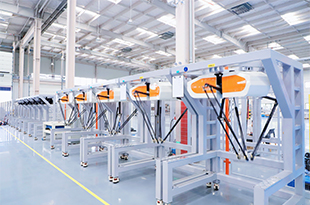 Learn More
Learn More 
 EN
EN  ja
ja  ko
ko  fr
fr  de
de  es
es  ru
ru  pt
pt  ar
ar  vi
vi  ur
ur 